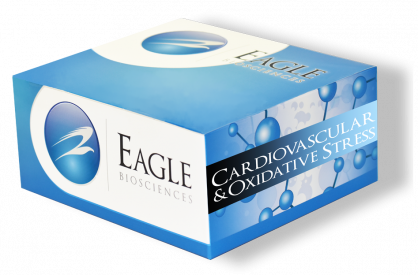Mouse tPA Active ELISA Assay
The Mouse tPA Active ELISA Assay is For Research Use Only
Size: 1 x 96 wells
Sensitivity: 0.1 ng/ml
Dynamic Range: 0.1 – 50 ng/ml
Incubation Time: 2.5 hours
Sample Type: Biological Fluids
Sample Size: 100 µl
Product Developed and Manufactured in the USA
Assay Background
Tissue-type Plasminogen Activator (tPA) is a member of the serine proteinase family. tPA functions to lyse fibrin clots into soluble plasmin fragments. tPA is active in two forms, single chain and two-chain. The two-chain tPA is created via interaction with the plasmin product cleaving the single chain. This two-chain form is regarded as the more active form. Both single chain and two-chain tPA are complexable with PAI-1. PAI-1 acts as an inhibitor for tPA by binding to the tPA and thus stifling its ability to lyse fibrin. tPA can serve as an indicator of both myocardial infarction for patients with impaired fibrinolytic systems as well as a marker for type-II diabetes.
SAMPLE COLLECTION, STORAGE, AND PREPARATION
Samples should be collected using 0.1 M trisodium citrate or acidified citratein a 1:10 ratio of collection media to blood. Immediately upon collection of blood, the samples should be centrifuged at 3000 x g for 15 minutes. This should ensure the removal of platelets as they can release PAI-1, that in turn complexes with tPA. The plasma should be transferred to a clean plastic tube to be kept on ice prior to analysis or stored frozen for up to one month. Samples are stable for approximately 24 hours when stored at 4°C or one month if stored at -20°C and thawed three times without loss of tPA activity. Note: Detergents such as Triton X cause interference with the assay. If using detergent extracted samples, it is necessary to dialyze the samples overnight to remove the detergent.
Related Products
Mouse Tissue type Plasminogen Activator (tPA) Total ELISA Assay Kit
Human tPA Activity ELISA
Rat Tissue-type Plasminogen Activator (tPA) Active ELISA Assay Kit


